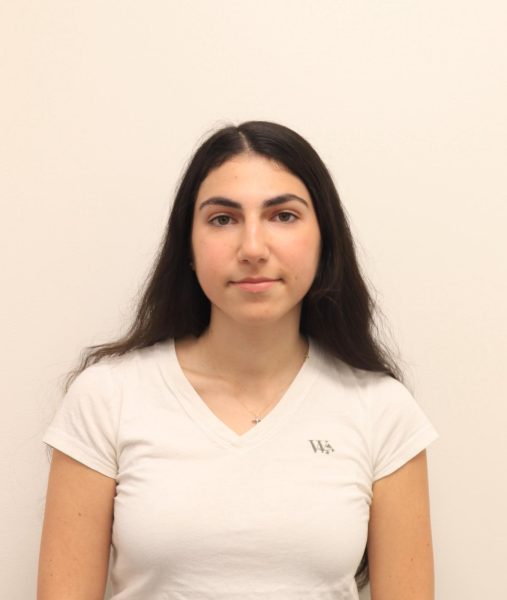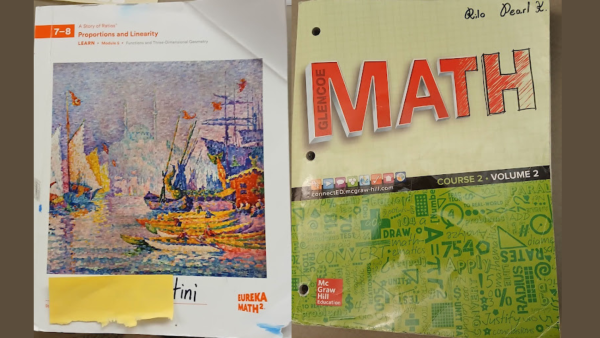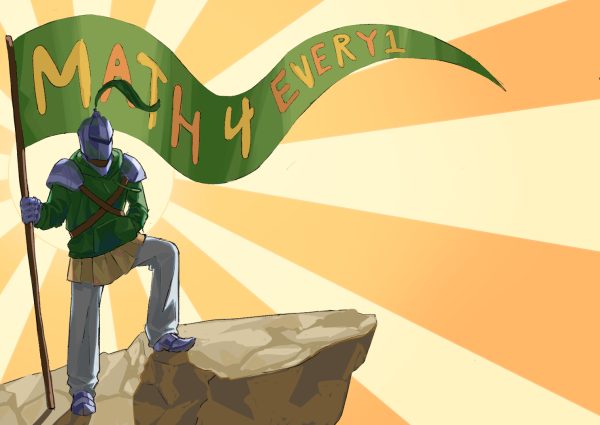New Zealand Works to Reduce Period Poverty: What Does It Mean for Other Countries?

Prime Minister Jacinda Ardern of New Zealand meeting with period poverty campaigners to discuss their plan to provide free sanitary products to students.
On February 17, New Zealand joined the worldwide efforts to eradicate period poverty, a lack of access to menstrual care products such as pads, tampons, and menstrual cups, that greatly affects the education, employment, and well-being of menstruators. With 14% of menstruators experiencing poverty, Jacinda Ardern, Prime Minister of New Zealand, has announced that all schools in New Zealand must provide free menstrual care products to students for the next three years.
“We know that nearly 95,000 nine-to-18-year-olds may stay at home during their periods due to not being able to afford period products,” Ardern said. “By making them freely available, we support these young people to continue learning at school.”
The announcement follows a successful, six-month pilot project that supported over 3,000 students and 15 schools. After seeing the positive results from the pilot program, Ardern has decided that New Zealand will be, “rolling [New Zealand’s] free period products in primary, intermediates, secondary schools and kura across the country,” she explained on an Instagram post.
The New Zealand government estimates that the plan of action will cost $18 million from June 2021 to 2024. Ardern explained, “There are enough barriers that our children and young people face as they grow up – access to period products shouldn’t be one of them!”
New Zealand is not the first country striving to reduce period poverty. A few months ago, in November 2020, Scotland became the first country to make menstrual care products completely accessible for everyone in need of them. In January, Britain announced that they plan on eliminating the tampon tax, the sales tax on period products, that deems them as luxuries, instead of essential items.
As policies around the world are changing, many believe that the United States is behind. Melissa Berton, the executive director of The Pad Project, a non-profit organization that cultivates partnerships to end period poverty and the stigma around menstruation, has said that the United States is straggling behind other countries.
30 U.S. states still have the tampon tax in place. The average menstruator spends $100 to $225 in taxes on tampons during their lifetime. States earn a profit of about $150 million from taxing period products.
Along with the issue of period poverty, comes the taboo attached to menstruation. A study conducted by the International Women’s Health Coalition in 2018, found that there are 5,000 slang words used to refer to menstruation in 10 different languages. The reasoning behind the frequent use of euphemisms for periods is because of the stigma around menstruation.
Providing free menstrual care products to students is one way to promote education, but is only the first of a long journey. Sarah Donovan, a researcher from the University of Otago, stated, “Kids aren’t going to go to school if they haven’t got menstrual products because it’s so shameful and embarrassing — there’s still this big stigma around it. It’s been this hidden problem of social inequity that no one had thought of.”
New Zealand’s work to decimate period poverty is promising, but there is still much work that needs to be done, especially in other countries. The future of policies around period products is unknown for other countries, but New Zealand’s efforts provide hope for high-need menstruators.
For further reading, Spyglass recommends:

Sophene is a senior and in her sixth year on Spyglass. In her free time, she enjoys baking, spending time with family, and watching Gilmore Girls and Friends.




























![Dr. Zanita Kelly, Director of Lower and Middle School, pictured above, and the rest of Westridge Administration were instrumental to providing Westridge faculty and staff the support they needed after the Eaton fire. "[Teachers] are part of the community," said Dr. Kelly. "Just like our families and students."](https://westridgespyglass.org/wp-content/uploads/2025/03/dr.-kellyyy-1-e1748143600809.png)
























